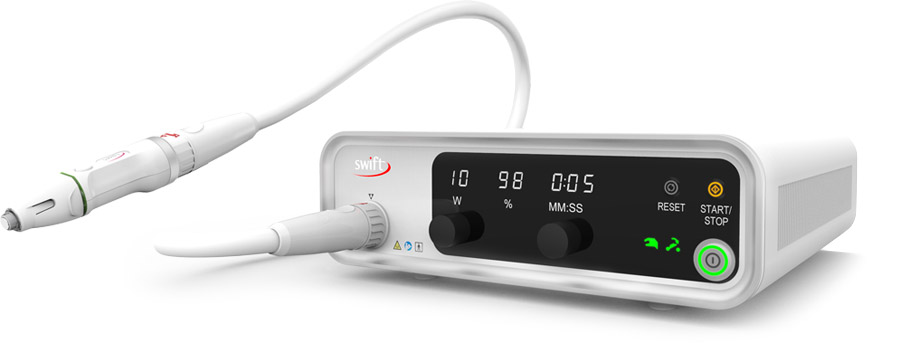Plantar Warts
Warts are small growths that develop after a virus such as HPV infects the skin. While warts can form anywhere on the foot, most appear on the bottom, which is called the plantar side of the foot. Children, the elderly, and adolescents are much more likely to have warts on the foot. There are two different kinds of warts. Solitary warts consist of a single wart that increases in size and could multiply, creating satellite warts. The other type of wart is a mosaic wart, which forms in clusters of many small warts that grow together in an area. Mosaic warts are more difficult to treat.
Diagnosing Plantar Warts
To diagnose a wart, the doctor will look at the foot and look for the symptoms and signs of warts such as the characteristic growth. Warts can cause tiny black dots on the surface, thickened skin, and even cause pain. The doctor should be able to diagnose with a visual examination of the affected area and some physical manipulation.
Foot Wart Removal and Treatment
While warts might clear up on their own, patients usually want to resolve the plantar wart issue quickly. With the goal of completely removing the wart, the doctor will come up with a treatment plan. Topical ointments, acid treatments, cryotherapy, or oral treatments might be ordered. Sometimes the wart might have to be surgically removed. If the wart doesn’t respond to treatment, a biopsy might be ordered to determine whether they may be another cause of the growth.

Microwave Skin Therapy for Wart Skin Conditions
Say goodbye to stubborn skin conditions. Say hello to Swift.
We are proud providers of Swift, a pioneering new skin therapy which uses microwave energy to rapidly increase tissue temperatures, targeting the root cause of various persistent skin conditions. Depending on how a patient responds to treatment, many issues can be resolved with 2-3 treatments, with gaps of 4 weeks between treatments.

